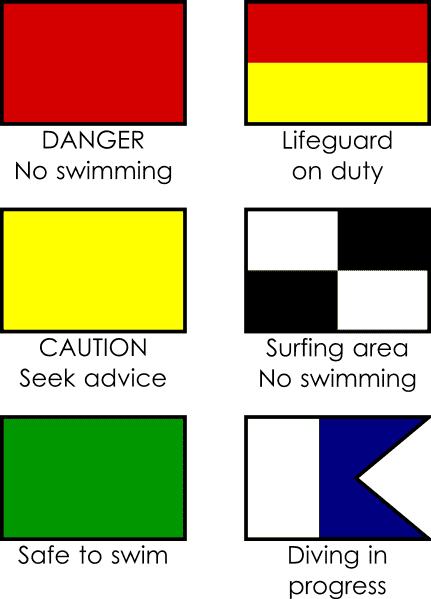Snorkeling Tips: How to Snorkel LIke a Pro
Generally people think of tropical waters and coral reefs when they think of snorkeling, for good reasons. The water is warm and the animals are plentiful, however, cold water can provide enjoyable snorkeling opportunities too. For example, the kelp forests of Monterey Bay in California offer some spectacular snorkeling in a cold-water environment. Just be sure to wear a wetsuit when snorkeling in cold water to prevent hypothermia (unusually low body temperature).
Snorkeling 101
Mastering the art of snorkeling is very simple. Snorkeling equipment consists of a mask, a snorkel, and swim fins. That’s it. If you aren’t a strong swimmer you can add a flotation device to your gear for added safety, although that will prevent you from diving under the water for a closer look at interesting sights. Additionally, because you use slow steady kicks to propel yourself and only use your arms to steer, snorkeling is done with a minimal amount of physical exertion. For this reason, a confidant snorkeler can travel fairly long distances over an extended period of time without getting tired. Even if you are a strong swimmer and experienced snorkeler you should always snorkel with a buddy and you should never swim too close to coral formations as you never know when a rogue wave may come along.
As a visitor to a unique environment, there are some guidelines you should always follow when snorkeling (or diving). They are…
- Never touch anything under the water. Touching marine life can be harmful to it and even to you if the thing you touch is poisonous.
- Never stand on coral as this can easily kill it.
- Don’t stick your hand in holes, as you have no idea what might be in there.
- Never remove anything from the water to take home as a souvenir. Not only is it damaging to the marine environment, in most places it is illegal.
Before you get into the water, make sure that you do a second and a third equipment check. If you rent equipment from a shop, check that everything is in order while you’re there. You’re less inclined to turn back to get equipment that fits and is fully functional once you’re out at sea.
Once you’re underwater, remain calm. A new experience, especially underwater, can be nervewrecking, but remember to breath in and out. Panicking only makes things worse.
Once of the things that will make your experience easier is knowing that snorkling is more about floating, not swimming. When you’re underwater, you should float, glide and direct yourself with fins.
Choosing a great location is of the utmost importance. Especially as a beginner, you want the conditions to be in your favor. You should select a spot that doesn’t have strong current. Opt for a beach, as opposed to jumping out of a boat.
The accompanying video goes over basic snorkeling techniques.
Essential Equipment You Need For Snorkeling
Snorkeling is a fun activity, though, without any proper equipment, you’re putting your safety in danger. Fortunately, you don’t need to spend thousands of dollars on sourcing the right items. Here’s a list of essential equipment to invest in.
Snorkeling Masks
This is the most important equipment for snorkeling as it improves your vision so you can see clearly. In water, there are many dangerous obstacles that can impede your safety, such as slippery rocks, jellyfish and more. Let’s also not forget that the sole purpose of snorkeling is to witness life and beauty within the water so what’s the point of snorkeling if your vision is blurry?
There are many snorkeling masks to choose from, but comfort and durability are the main factors to consider throughout your search. Opt for manufacturers with positive feedback. The mask should also use high-quality materials and resources to provide a comfortable fit and reliable wear.
We also recommend choosing a snorkeling mask that features tempered glass lenses made of high-grade silicone. This material provides a clear view and they’re enhanced for safety, unlike cheap lenses that are prone to scratches and don’t offer durable use. The silicone material also enhances comfort when you wear the mask.
Snorkeling Fins
Although snorkeling fins are designed to help you travel through the water at fast speeds, they’re also a piece of essential safety equipment should you need to quickly reach the surface.
Full foot fins fit like a slipper by covering your entire foot and reducing any skin being exposed to objects and fish in the water. Make sure that the fin doesn’t rub against your ankle bone as this is an indication you’re wearing an incorrect size. Also, check that you don’t feel a tingly sensation when you wear the fins as this could mean they’re too small and are restricting your blood flow. When swimming in cooler waters, we recommend purchasing neoprene socks to offer thermal protection.
To many joyful beach experiences!
— Lisa Dworkin



